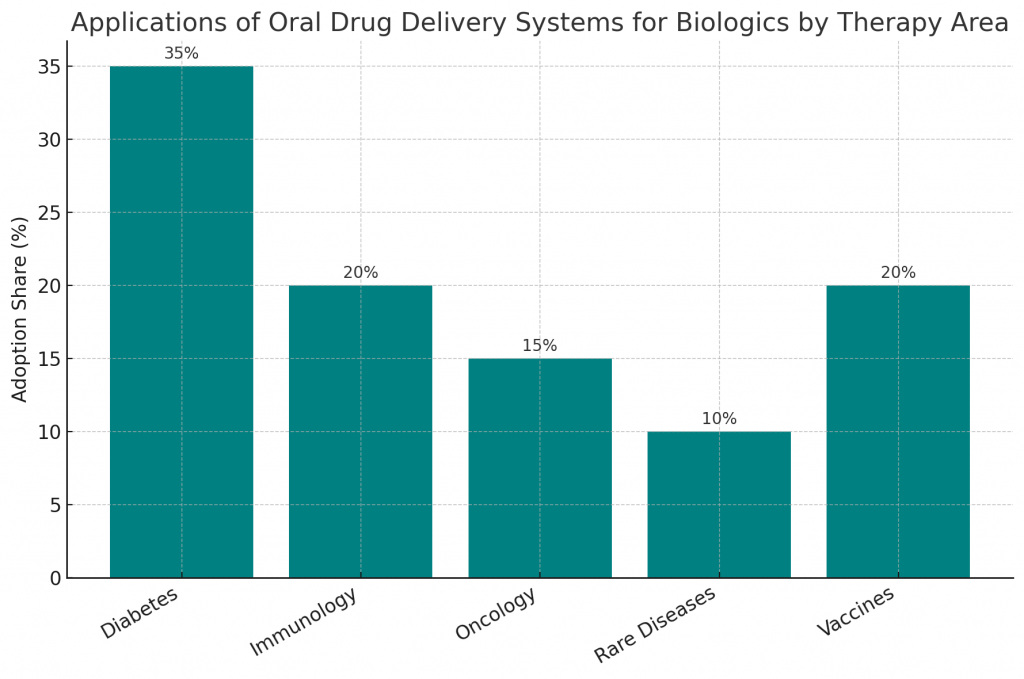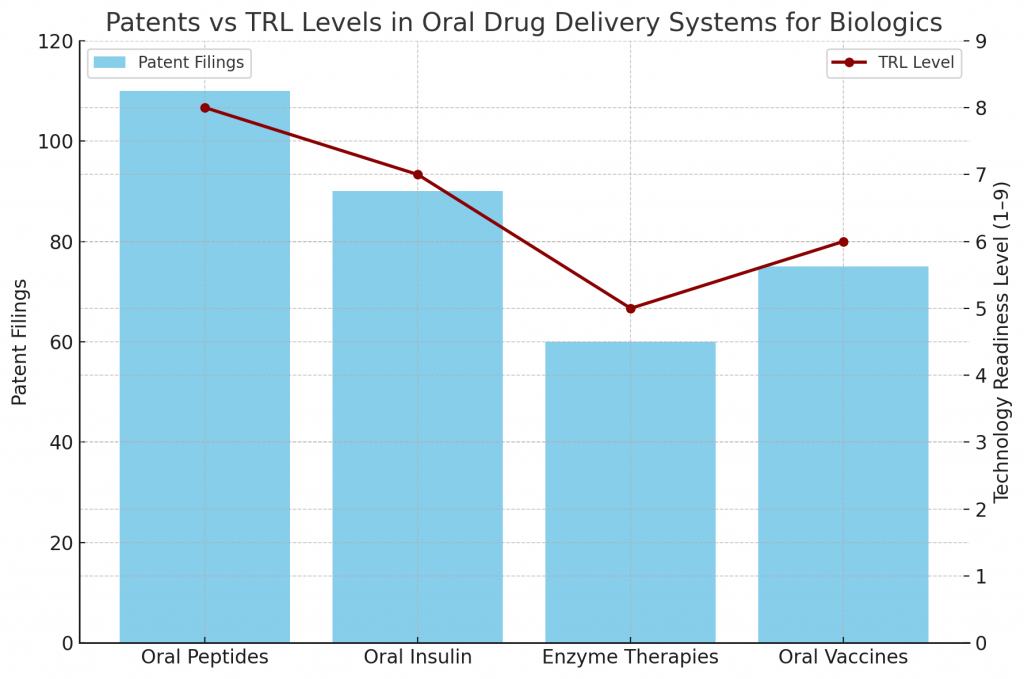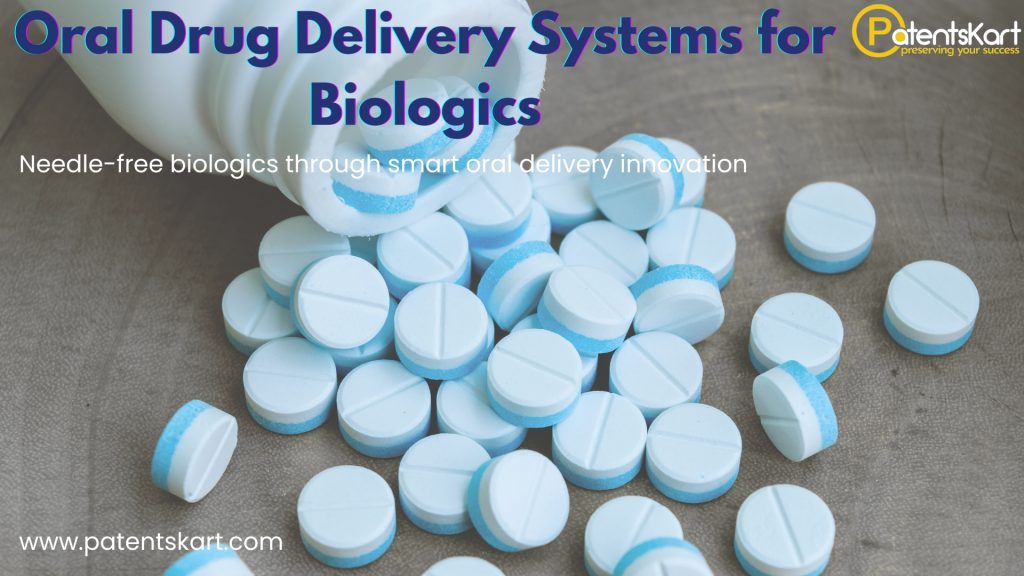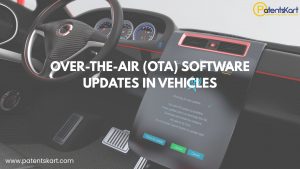The biopharmaceutical industry has long relied on injections and infusions to deliver protein-based drugs such as monoclonal antibodies, peptides, and enzymes. While these therapies are highly effective, they present challenges in terms of patient convenience, adherence, and healthcare costs. A paradigm shift is now underway with oral drug delivery systems for biologics—technologies designed to administer large, complex molecules through oral formulations without losing stability or efficacy.
By overcoming the barriers of gastrointestinal degradation and poor absorption, oral drug delivery systems for biologics represent one of the most exciting frontiers in pharmaceutical innovation. They align with the growing demand for patient-centric therapies, reducing dependence on injections while expanding access to life-saving treatments.
What Are Oral Drug Delivery Systems for Biologics?
Simply put, oral drug delivery systems for biologics are specialized platforms that allow biologic drugs to be taken by mouth while protecting them from the harsh digestive environment. Unlike small-molecule pills, biologics are sensitive and easily broken down by stomach acid and enzymes.
Core strategies include:
- Protective coatings: Enteric capsules that resist stomach acid.
- Nanoparticles: Encapsulation that shields proteins until they reach the intestine.
- Permeation enhancers: Compounds that temporarily open intestinal walls to improve absorption.
- Mucoadhesive carriers: Delivery vehicles that stick to the gut lining for targeted release.
By integrating these approaches, companies are designing oral biologics that mimic the efficacy of injections while improving patient experience.
Why Are Oral Drug Delivery Systems for Biologics Important?
The importance of these systems lies in solving three major challenges:
- Patient comfort: Eliminating the pain and fear associated with injections.
- Adherence: Oral drugs improve compliance, especially for chronic conditions.
- Healthcare efficiency: Reduces dependence on infusion centers, lowering costs.
Through oral drug delivery systems for biologics, patients gain more autonomy, and healthcare providers can streamline services.
How Do Oral Drug Delivery Systems for Biologics Work?
The process integrates formulation science with device and coating technology:
- Step 1: Encapsulation of biologics in protective formulations.
- Step 2: Safe passage through stomach acid and digestive enzymes.
- Step 3: Release in the small intestine under controlled conditions.
- Step 4: Enhanced absorption into the bloodstream using permeability enhancers.
- Step 5: Maintenance of therapeutic levels comparable to injected biologics.
By combining drug delivery technology with advanced biochemistry, oral drug delivery systems for biologics achieve what was once thought impossible—effective systemic delivery of fragile proteins.
What Are the Key Benefits of Oral Drug Delivery Systems for Biologics?
The benefits span across patient outcomes, economics, and pharmaceutical pipelines:
- Patient-centric therapies: Convenient oral dosing instead of injections.
- Improved compliance: Higher adherence in long-term treatments.
- Lower costs: Reduction in infusion-related expenses.
- Market expansion: Makes biologics accessible to wider populations.
- Pharmaceutical innovation: New IP opportunities for reformulated therapies.
These advantages ensure that oral drug delivery systems for biologics will be central to the next wave of healthcare transformation.
What Are the Applications and Use Cases?
Applications of oral drug delivery systems for biologics span multiple therapeutic areas:
- Diabetes: Oral insulin formulations.
- Immunology: Treatments for autoimmune disorders like Crohn’s disease.
- Oncology: Peptide-based cancer therapies.
- Rare diseases: Enzyme replacement therapies reformulated for oral dosing.
- Vaccines: Oral delivery platforms for global immunization campaigns.

Each application highlights the transformative potential of moving from injections to oral biologics.
Which Companies Are Leading in Oral Drug Delivery Systems for Biologics?
Several pharmaceutical leaders are investing heavily:
- Novo Nordisk: Pioneering oral insulin.
- Eli Lilly: Developing oral peptides for metabolic diseases.
- Rani Therapeutics: Capsule systems with microneedles for biologic delivery.
- Biocon: Research in oral insulin and biosimilars.
- Roche: Exploring oral formulations of biologic drugs.
These players prove that oral drug delivery systems for biologics are no longer theoretical—they are moving closer to commercial reality.
Which Startups Are Innovating Rapidly?
- Oramed Pharmaceuticals: Focused on oral insulin and GLP-1 analogs.
- Chiasma (acquired by Amryt Pharma): Developed oral octreotide.
- Entera Bio: Targeting oral parathyroid hormone.
- Progenity: Novel ingestible delivery devices.
- Rani Therapeutics: Disrupting biologics delivery with robotic capsules.
Startups emphasize agility, tackling challenges that established pharma companies face, and pushing oral drug delivery systems for biologics forward.
What Do Patents and TRL Levels Indicate About Maturity?
Patent filings reveal intense activity in:
- Protective coatings for biologics stability.
- Nanocarriers to improve bioavailability.
- Smart capsules integrating mechanical or electronic features.
- Absorption enhancers for improved pharmacokinetics.
Technology Readiness Levels (TRLs):
- Oral peptides: TRL 7–9, nearing commercialization.
- Oral insulin: TRL 6–8, in late clinical trials.
- Enzyme therapies: TRL 4–6, in experimental stages.
- Oral vaccines: TRL 5–7, under global trials.

These signals show a clear trajectory from lab to market.
What Are the Key Challenges?
Despite progress, barriers exist:
- Stability issues: Proteins denature easily in GI environments.
- Low bioavailability: Only a fraction of the drug may be absorbed.
- Cost of formulation: Advanced systems raise manufacturing costs.
- Regulatory complexity: Oral biologics require dual approvals for drug and device.
- Scale-up hurdles: Difficult to ensure consistency across large batches.
Overcoming these hurdles is crucial for scaling oral drug delivery systems for biologics globally.
What Is the Future Outlook?
The next decade will bring:
- Next-gen oral capsules: Incorporating nanotech and microneedles.
- Digital integration: Smart capsules that monitor drug release.
- Global vaccine rollouts: Oral biologics for rapid, large-scale distribution.
- Sustainable bioprocessing: Eco-friendly manufacturing for oral formulations.
- Personalized medicine: Tailoring oral biologics to genetic profiles.
With these advances, oral drug delivery systems for biologics will redefine healthcare delivery worldwide.
How Can PatentsKart Help?
PatentsKart empowers innovators in oral drug delivery systems for biologics with:
- Patent landscaping to identify white spaces.
- Freedom-to-operate analysis to reduce litigation risk.
- Competitor benchmarking to track leaders and startups.
- TRL mapping for R&D strategy.
- Licensing support to accelerate commercialization.
This helps pharmaceutical innovators bring therapies to patients faster and safer.
Conclusion
The future of biologics delivery is shifting away from needles and infusion centers. Oral drug delivery systems for biologics are poised to unlock unprecedented convenience, compliance, and access for millions of patients. By combining advanced formulation science, novel drug delivery technology, and patient-centric design, this innovation stands at the forefront of pharmaceutical transformation.
Early adopters who invest in oral drug delivery systems for biologics will not only reshape markets but also redefine what’s possible in global healthcare.
FAQs About Oral Drug Delivery Systems for Biologics
Q1. What are oral drug delivery systems for biologics?
They are specialized platforms that allow biologic drugs to be administered orally instead of by injection.
Q2. Why are oral biologics important?
They improve patient convenience, adherence, and reduce healthcare costs.
Q3. Which companies lead in this field?
Novo Nordisk, Eli Lilly, Rani Therapeutics, Biocon, and Roche.
Q4. What challenges remain?
Stability, low absorption, cost, and regulatory hurdles are major barriers.
Q5. How does PatentsKart support innovation here?
By providing patent insights, competitor tracking, and TRL roadmaps to accelerate safe commercialization.







